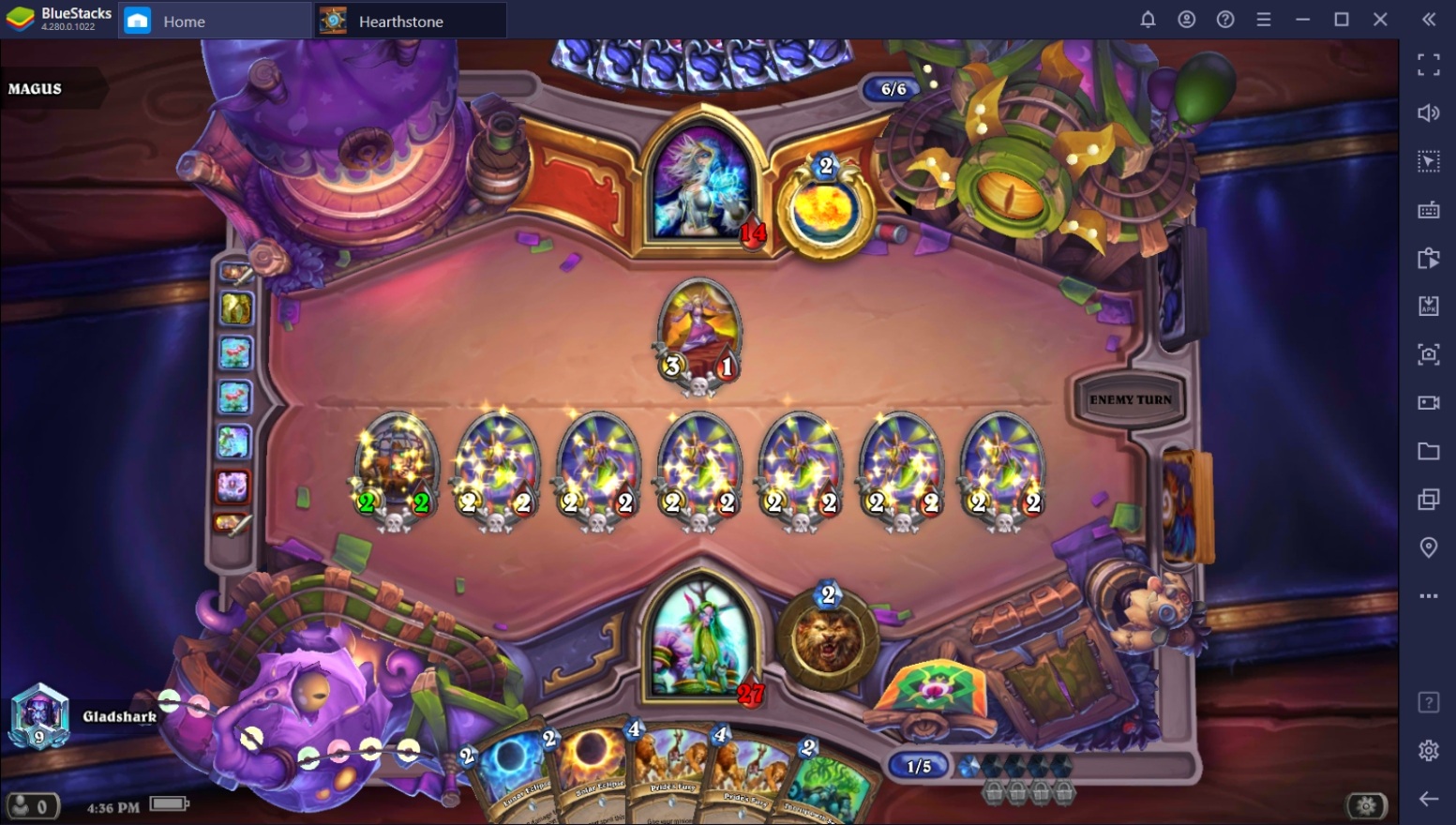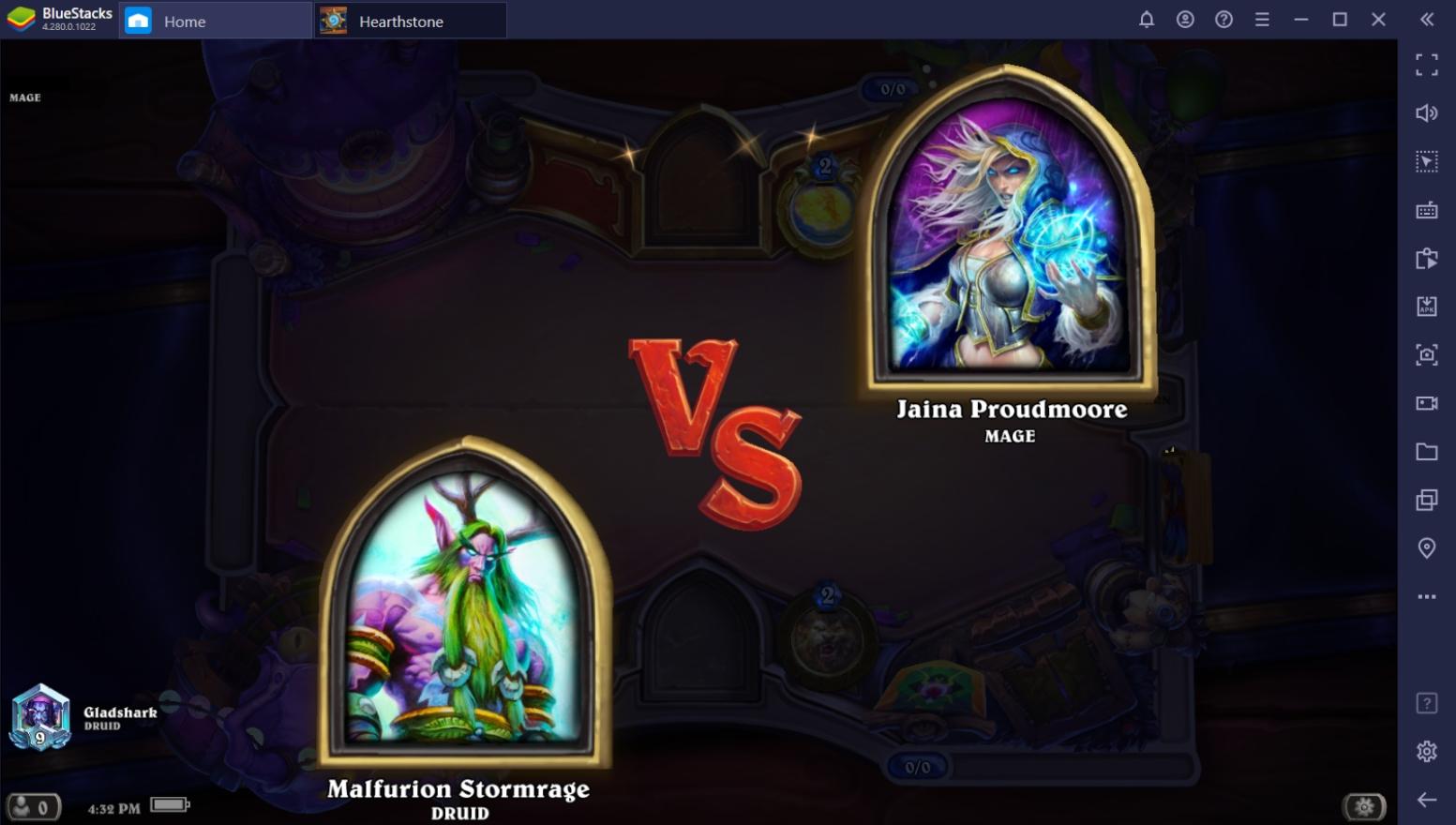Secrets in Hearthstone are a unique and strategic mechanic that adds depth to gameplay by introducing hidden spell cards that react to specific actions taken by the opponent. Here’s a detailed overview of how they function, their strategic implications, and some common examples:
Overview of Secrets
– Mechanics of Play: Secrets are spell cards that are played face down, meaning their effects remain unknown to the opponent until they are triggered by a defined event. Only the player who plays the Secret knows which one it is while it remains in play.
– Activation Conditions: Secrets activate exclusively during the opponent’s turn, and only under specific conditions outlined on each Secret card. For example, they may react to the opponent’s actions such as attacking the player’s hero or summoning a minion.
– Order of Triggering: If multiple Secrets are active and could potentially trigger from the same action, they will activate in the sequence that they were played. This sequential triggering can be crucial for strategy, as it can lead to varying outcomes depending on the order.
Class Exclusivity and Mana Costs
– Secrets are class-specific, and each class that has access to Secrets—originally Mage, Paladin, and Hunter, later joined by Rogue—has its own distinct set. This exclusivity not only reinforces class identity but also balances gameplay.
– Each Secret within a class shares the same mana cost. This uniformity helps prevent the opponent from inferring which Secret is in play based on the mana spent to play it, heightening the element of surprise.
Strategic Implications
– Psychological Play: The presence of Secrets can alter an opponent’s decision-making process, as they must consider the potential consequences of their actions. This might lead them to take a more cautious approach, weighing the risk of triggering a Secret against their intended plays.
– Counterplay: Players often need to “play around” potential Secrets by anticipating what the opponent might have in hand. This can lead to a game of bluff and deduction, where players attempt to bait out Secrets to gauge their opponent’s strategy.
Common Examples of Secrets
1. Mage Secrets:
– Counterspell: Neutralizes the next spell cast by the opponent, effectively disrupting their strategy and potentially saving valuable resources for the player.
2. Paladin Secrets:
– Eye for an Eye: Inflicts damage to the attacking opponent when the player’s hero is attacked, creating a deterrent against aggressive strategies.
3. Hunter Secrets:
– Explosive Trap: Deals damage to all enemy characters when the player is attacked, posing a threat to both minions and the opposing hero.
Conclusion
Secrets play a vital role in the strategic framework of Hearthstone, offering players the opportunity to leverage hidden effects to gain an advantage. They enrich the game’s tactical depth, forcing opponents to consider multiple possibilities and take calculated risks. By carefully managing their Secrets and anticipating opponent actions, players can navigate the complexities of this mechanic to secure victory.





Leave a Reply